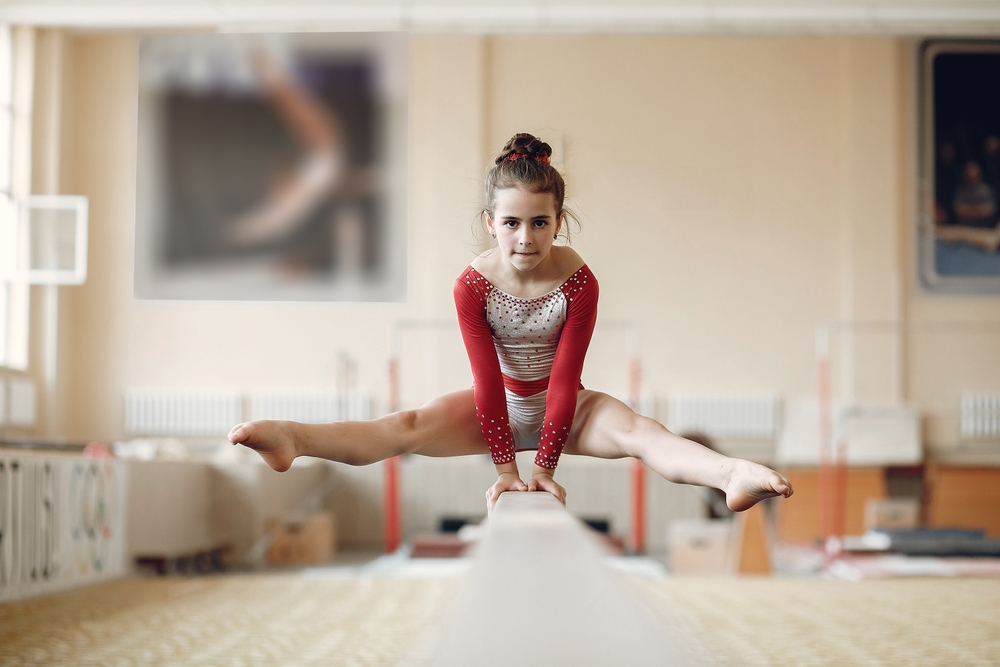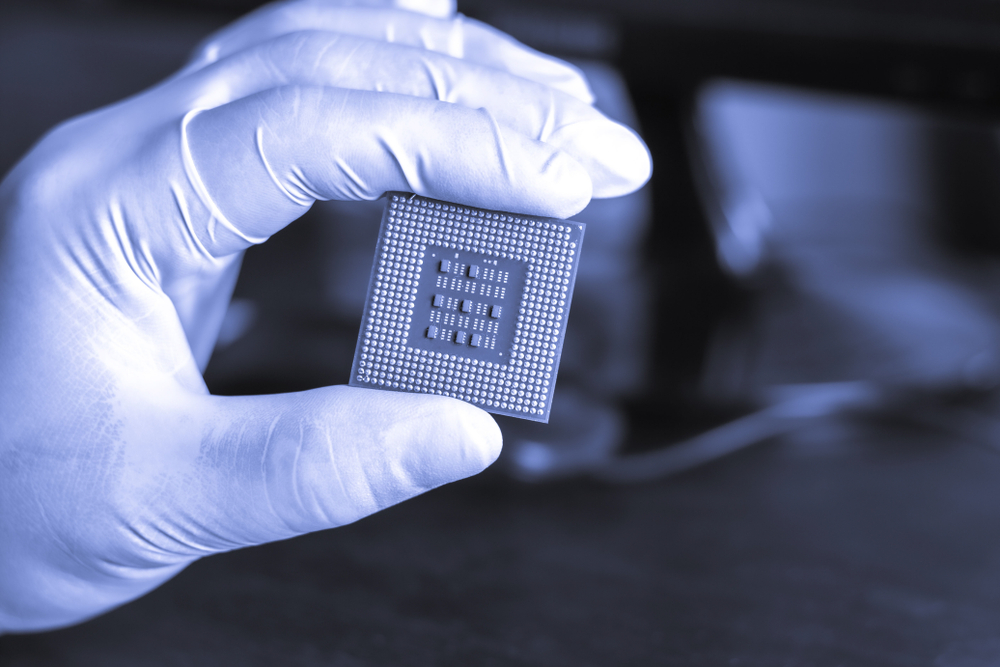Breaking Down the Biomechanics of Gymnastics: A Comprehensive Review
A world full of flips, twists, and turns, gymnastics is a sport that has managed to captivate audiences across the globe. As athletes seemingly defy gravity, performing stunts that leave us in awe, the intricate biomechanics behind these spectacular moves often go unnoticed. This article delves deep into the science that powers gymnastics, exploring the sport's biomechanical principles, the benefits and challenges they present, and their real-world applications.

The Foundations of Gymnastics: A Historical Overview
Gymnastics, dating back to ancient Greece, has a rich history that intertwines with the development of our understanding of human movement. The ancient Greeks used gymnastics as a means to prepare for warfare, focusing on physical strength, agility, and discipline. As time passed, the sport evolved, and by the late 18th century, it became a popular form of physical education in Europe. With the establishment of the International Gymnastics Federation in 1881, gymnastics was cemented as a competitive sport, and its biomechanical principles started to be studied more thoroughly.
The Power of Biomechanics in Gymnastics
Biomechanics is the science of movement, studying how forces interact with the human body. In gymnastics, understanding biomechanics is crucial for executing complex moves with precision and safety. From the angular momentum that enables flips to the force distribution during landings, biomechanics offers gymnasts the tools to perform at their best while limiting the risk of injury.
The Benefits and Challenges of Biomechanics in Gymnastics
Understanding the biomechanics of gymnastics brings several benefits. It allows athletes to optimize their movements, increasing their performance while minimizing energy expenditure. It also aids in injury prevention, as proper mechanics can distribute forces evenly across the body, reducing the strain on individual joints. However, mastering these principles requires extensive training and a deep understanding of one’s body, which can be challenging.
Biomechanics in Action: Real-World Applications in Gymnastics
Biomechanics principles are evident in every gymnastics routine. For instance, the conservation of angular momentum allows gymnasts to perform multiple flips in the air during a vault. Meanwhile, understanding force distribution helps when landing, as gymnasts need to absorb the impact effectively to avoid injuries. These principles are not only applicable in gymnastics but also in other sports and daily life activities, making their understanding valuable beyond the gymnastics arena.
Wrapping Up: The Future of Biomechanics in Gymnastics
While we have made significant strides in understanding the biomechanics of gymnastics, there’s still much to learn. Future research, aided by technological advancements, will likely delve deeper into these principles, refining our knowledge and potentially leading to new training methods. As we continue to unravel the science behind gymnastics, the sport will continue to evolve, captivating audiences with ever more impressive feats of strength, agility, and skill.
This exploration into the biomechanics of gymnastics underscores the intricate connection between sports and science. By understanding the principles that govern our movements, we can not only enhance athletic performance but also foster a safer, more efficient approach to physical activity. Whether you’re a professional gymnast, an aspiring athlete, or simply a fan, a deeper understanding of biomechanics can change the way you view this mesmerizing sport.




